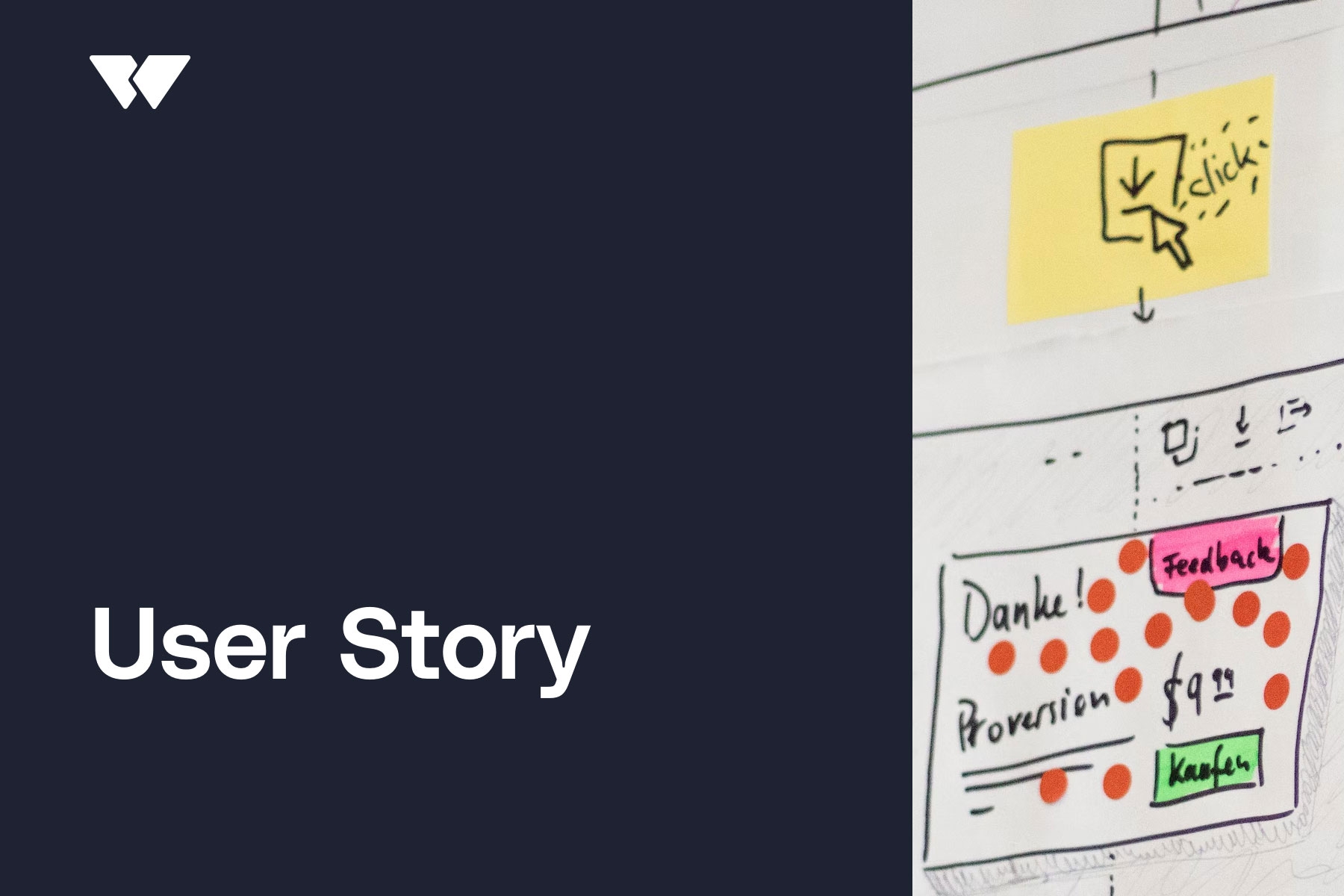What Makes a Good User Story?

In Agile product development, the user story is one of the most fundamental tools. It’s not just a sentence or requirement — it’s a way to capture who the user is, what they want, and why it matters. But while the concept sounds simple, writing a good user story is often much harder in practice.
Many teams fall into the trap of writing vague, overly technical, or incomplete stories that slow down development instead of driving it forward. So, what makes a user story truly effective? Let’s break it down step by step.
1. Definition of a User Story
A user story is a short, simple description of a feature told from the perspective of the person who desires it, usually a user or customer. The classic template is:
“As a [type of user], I want [goal] so that [reason/value].”
Example: As a shopper, I want to save items to a wishlist so that I can purchase them later.
This format emphasizes three elements:
-
Who the story is for
-
What the user wants to do
-
Why it matters
2. The Purpose of User Stories
Unlike technical specifications, user stories don’t describe how a feature will be built. Instead, they:
-
Provide context and clarity around user needs
-
Align the team around delivering value, not just features
-
Encourage conversation between developers, designers, and stakeholders
-
Serve as a foundation for acceptance criteria and test cases
A good user story is essentially a placeholder for collaboration.
3. Characteristics of a Good User Story: The INVEST Model
The INVEST acronym is widely used to evaluate whether a user story is strong enough:
-
Independent – The story can be developed separately from others.
-
Negotiable – It’s not a rigid contract but a conversation starter.
-
Valuable – It delivers real benefit to the user.
-
Estimable – The team can estimate the effort involved.
-
Small – It can be completed within a sprint.
-
Testable – Clear acceptance criteria make it verifiable.
If a story fails several of these, it’s probably weak or oversized.
4. Elements of a Good User Story
A strong story typically includes:
-
Clear user role: Who benefits from the story? (As a customer, As an admin, As a student…)
-
Specific functionality: What exactly the user wants.
-
Tangible value: Why it matters, framed in terms of outcomes not outputs.
-
Acceptance criteria: Conditions that define “done.”
-
Prioritization: Where it fits relative to other backlog items.
5. Examples of Good vs. Bad User Stories
-
Bad Example: As a user, I want a database so that my information is stored.
-
Problem: Too technical, no user context, doesn’t describe value.
-
-
Better Example: As a registered user, I want to reset my password so that I can regain access if I forget it.
-
Clear role (registered user), specific goal (reset password), clear value (regain access).
-
6. Common Mistakes in Writing User Stories
-
Too vague – “As a user, I want a better dashboard.” (What does “better” mean?)
-
Too broad – “As a user, I want to manage my account.” (Needs splitting into smaller stories: update profile, change password, etc.)
-
Too technical – “As a system, I want to use OAuth authentication.” (Systems don’t have wants; users do.)
-
Missing value – Stories that don’t explain the why lead to features no one needs.
7. Acceptance Criteria: The Secret Ingredient
Good user stories include acceptance criteria — statements that specify the conditions under which a story is complete.
Example for the wishlist story:
-
User can add an item to wishlist from the product page.
-
Wishlist persists across sessions.
-
User can remove items from wishlist.
This ensures the team knows when the story is “done” and reduces ambiguity.
8. Collaboration Over Perfection
It’s important to remember: user stories aren’t requirements documents. They don’t need to be perfect or overly detailed at first. Instead, they serve as a basis for conversation during backlog refinement, sprint planning, and daily standups.
A good story is one that encourages the right discussions and evolves through collaboration.
9. Tips for Writing Better User Stories
-
Focus on user value, not system behavior.
-
Keep stories small and deliverable. If it takes multiple sprints, split it.
-
Write from the user’s perspective. Avoid “system” as the actor.
-
Use real-world language. Don’t bury the story in jargon.
-
Review stories with the team. Developers and testers should validate clarity.
-
Prioritize outcomes. Ask: How does this improve the user’s experience?
10. Why Good Stories Drive Agile Success
At its core, Agile is about delivering value early and often. Good user stories:
-
Keep the team focused on real user needs
-
Enable predictable progress by being small and estimable
-
Improve stakeholder trust by showing visible value each sprint
-
Reduce waste and rework by clarifying expectations upfront
Without good user stories, teams risk building the wrong product.
11. Conclusion
So, what makes a good user story? It’s not about length or technical precision — it’s about clarity, value, and collaboration. A strong user story clearly defines who the user is, what they need, and why it matters. It should follow the INVEST model, include acceptance criteria, and be small enough to deliver within a sprint.
When written well, user stories empower teams to stay aligned with customer needs, avoid wasted effort, and continuously deliver meaningful value. In short: good stories make great products possible.
- Arts
- Business
- Computers
- الألعاب
- Health
- الرئيسية
- Kids and Teens
- مال
- News
- Recreation
- Reference
- Regional
- Science
- Shopping
- Society
- Sports
- Бизнес
- Деньги
- Дом
- Досуг
- Здоровье
- Игры
- Искусство
- Источники информации
- Компьютеры
- Наука
- Новости и СМИ
- Общество
- Покупки
- Спорт
- Страны и регионы
- World


